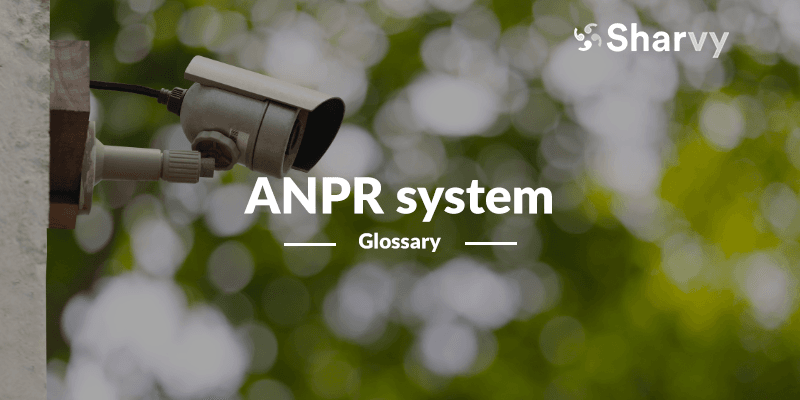What is an ANPR system for a car park? – Definition
The ANPR system, which stands for Automatic Number Plate Reading, offers a modern and effective solution for managing access by automating vehicle recognition. Installed at entrances and exits, it uses intelligent cameras capable of live analysis of the number plates of cars travelling in a given area.
With this technology, access control to the car park becomes simple and fluid : no more need for badges or tickets. As soon as a vehicle approaches the barrier, it opens automatically if access authorisation has been registered beforehand.
It works using an optical character recognition (OCR) system, which deciphers the information on the plates before comparing them with a database. In an instant, the system validates or refuses access, making the process fast, reliable and stress-free.
The advantages of the LAPI system for car parks.
Firstly, the LAPI system fully automates the control of car park entrances and exits, eliminating the need for badges and tickets. This solution eliminates the inconvenience of lost or forgotten badges, and guarantees instant identification of authorised vehicles. By making access more fluid, particularly during peak periods, it also reduces queues & improves the user experience while easing congestion in the surrounding area.
At the same time, thanks to its rapid number plate recognition, the system immediately detects unauthorised vehicles, thereby limiting intrusions. It also keeps a detailed history of vehicle passages, providing full traceability of movements in the car park. This feature enhances overall security & provides better incident management and usage analysis.
Finally, by automating access control, the system significantly reduces the need for staff to monitor entrances & exits. This reduces operational costs and allows teams to concentrate on more strategic tasks. What’s more, this automation limits human error, guaranteeing more reliable and efficient management of a car park.
The disadvantages of the ANPR system for car parks.
There’s no doubt about it: setting up an ANPR system requires a substantial investment, including the purchase of equipment, installation of cameras and management of the database. This cost can be an obstacle for some companies, particularly smaller ones.
At the same time, the smooth operation of the system depends entirely on its technical components. A breakdown, such as a software failure, can lead to blockages, errors in vehicle identification & unauthorised access, which can disrupt the user experience.
Finally, although the ANPR system is a high-performance system, it may encounter problems with damaged, dirty or incorrectly positioned plates. These cases are fairly rare, but require human intervention, resulting in delays and complications for the users concerned.
Alternatives to the ANPR system for managing car park access.
Although the ANPR system is a powerful solution for automating and securing car park access management, other technologies can meet different needs, depending on the constraints and objectives of each site.
For example, RFID (Radio Frequency Identification) systems are often used for company car parks. They are based on badges and cards that users present to a reader. This is a simple and reliable option, but it can be restrictive if the badges are lost or forgotten.
What’s more, managing these accesses is a time-consuming and tedious task for companies. Not only do you have to collect the request for access to the car park, create a badge and/or RFID card, assign a user to it, set up the parameters in the HR management software, and send it to the employee. In the longer term, you have to deal with losses, ensure that the car park barrier opens if the badge is forgotten, remember to recover the badge at the end of the employee’s contract and make it anonymous, etc.
All these factors make this task a cumbersome one with little added value compared with the ANPR system.
At the same time, mobile applications can also offer interesting ways of managing car park access. They make it possible to completely dematerialise controls by using digital authorisations.
For example, using a dedicated parking management application (such as Sharvy), employees’ smartphones can become real remote controls, capable of opening the gate and/or security barrier on demand. It’s all done using an IoT module. For added security, the opening of the barriers can be restricted according to the IP addresses of the users.
In short, these solutions are ideal for modern, dynamic environments, but require a reliable network infrastructure and widespread adoption by users.

